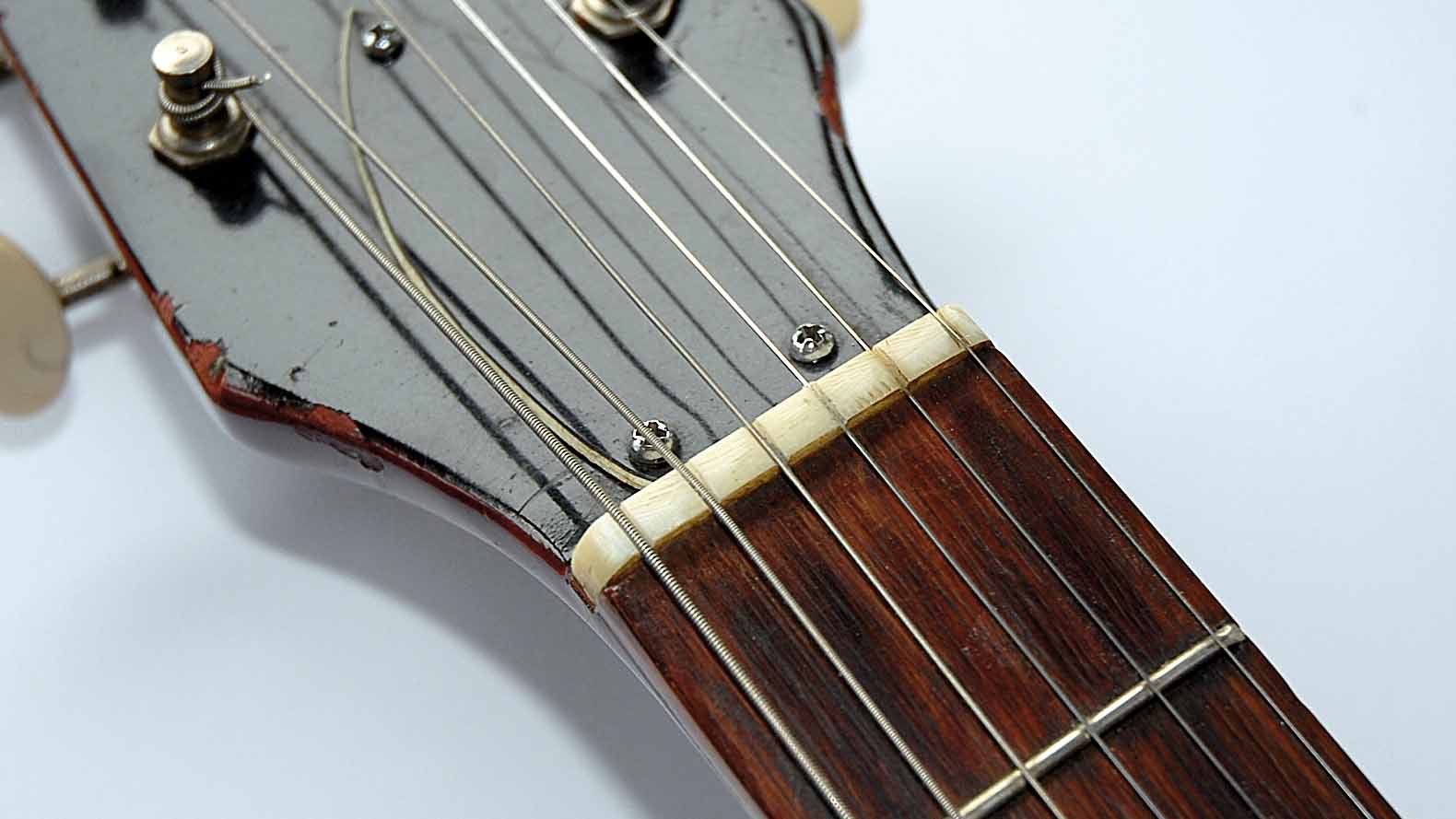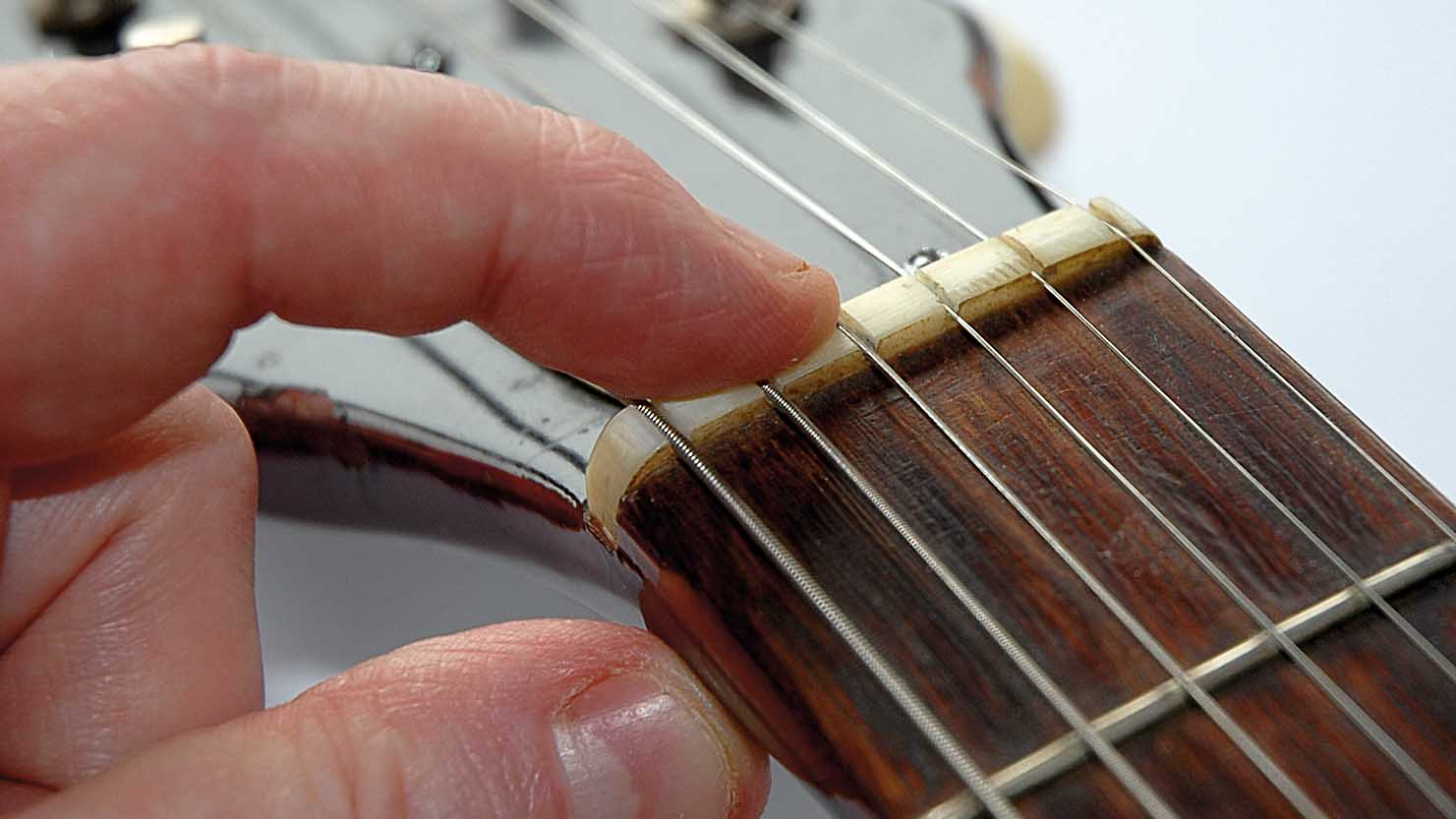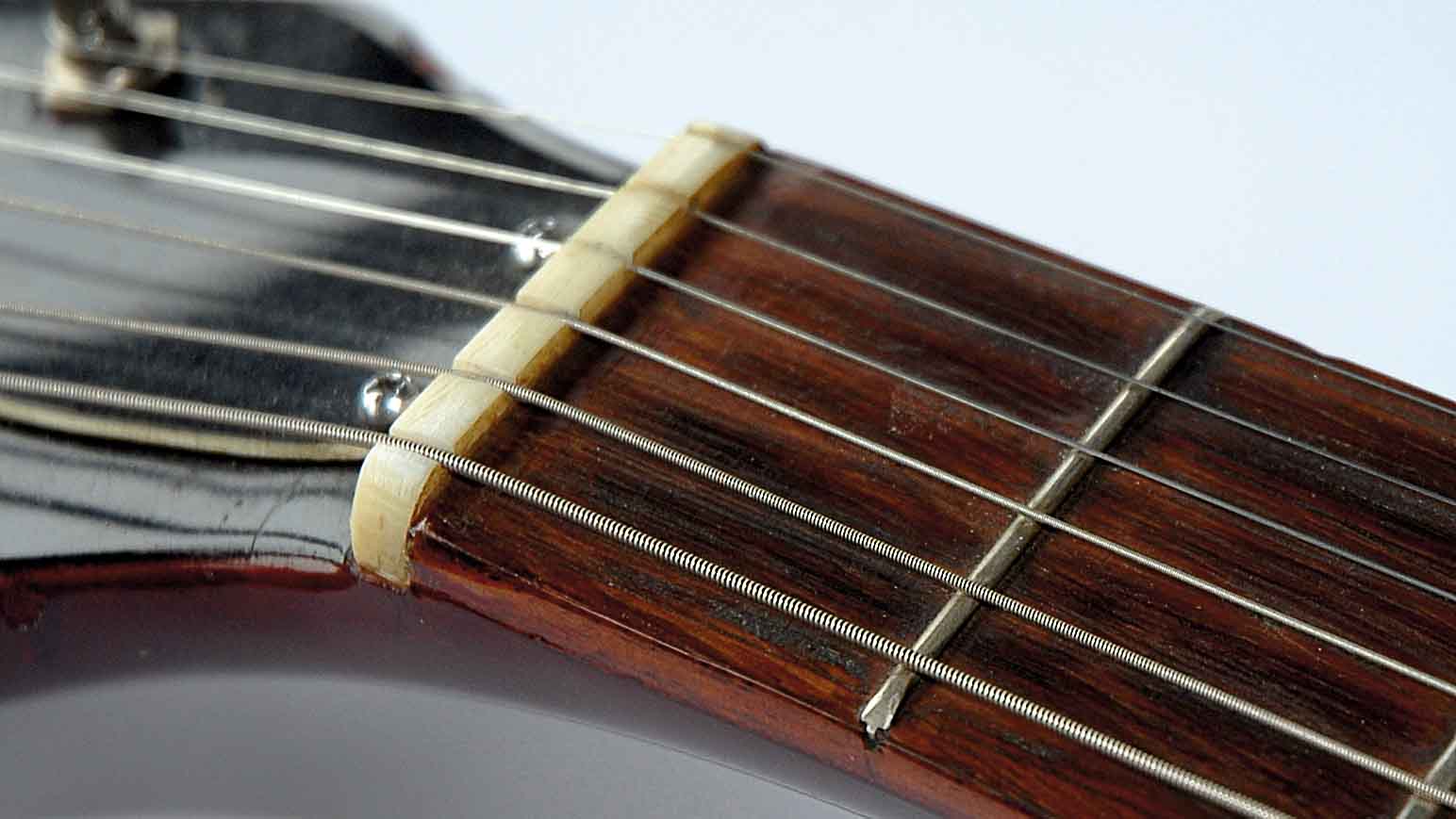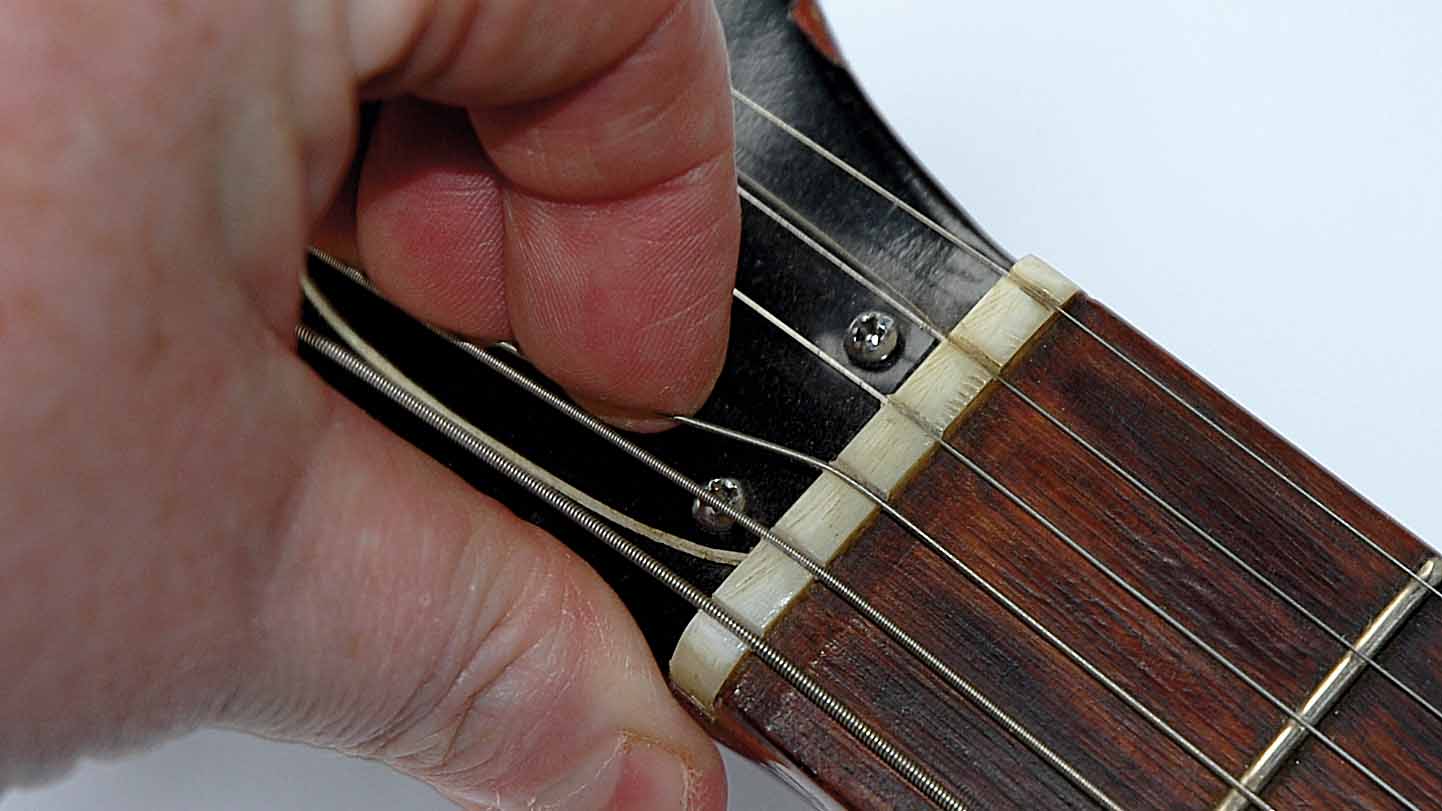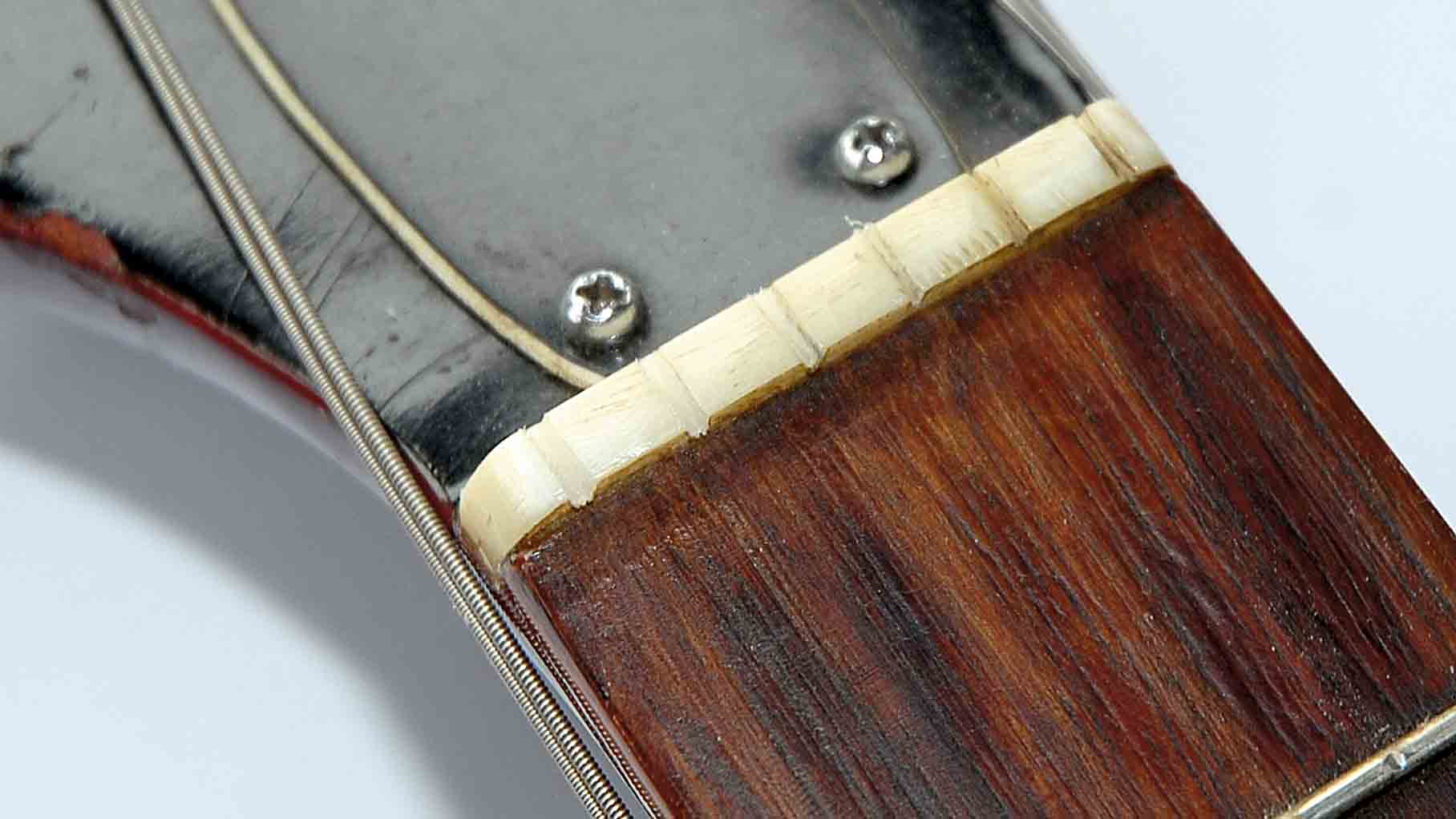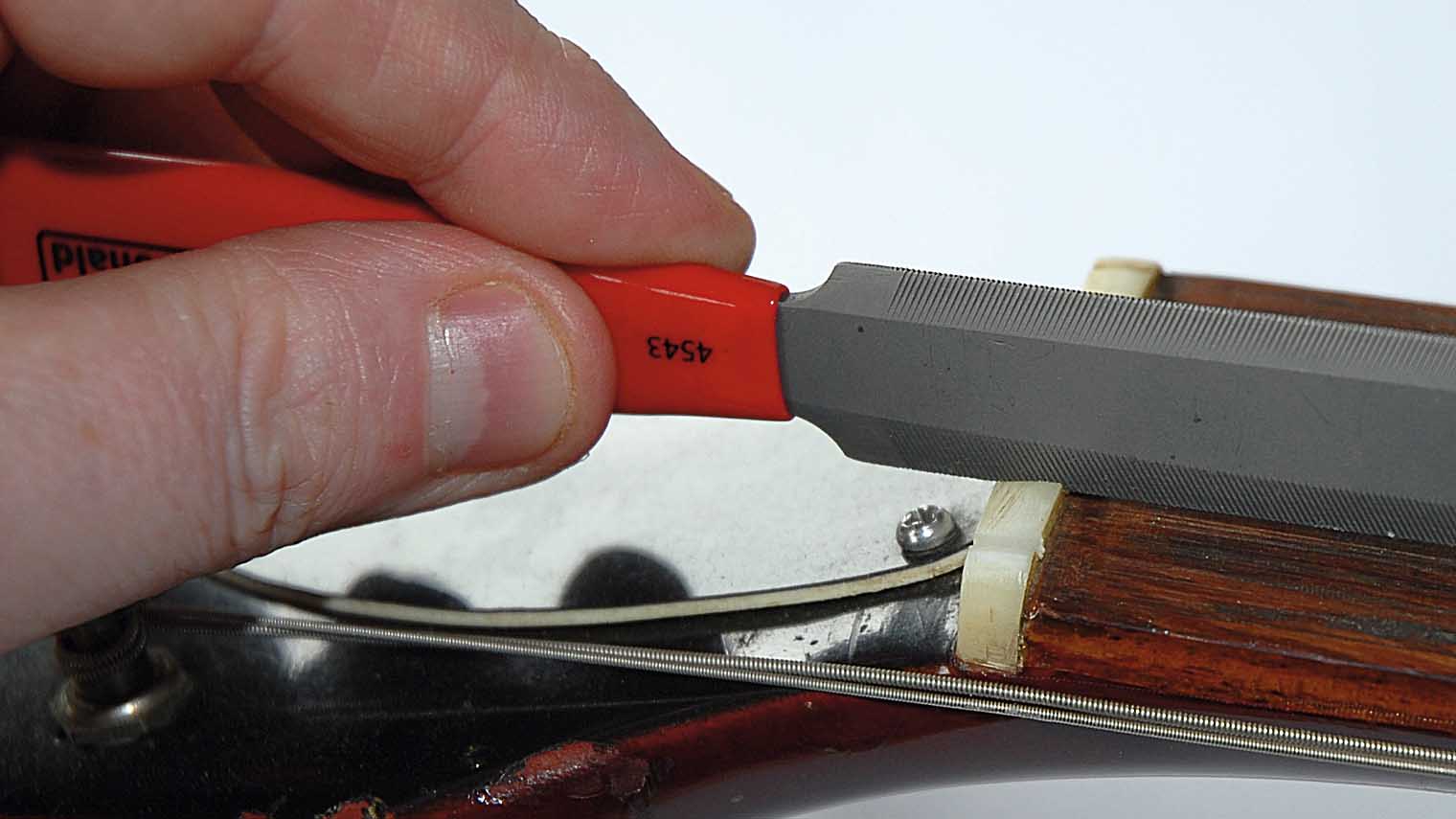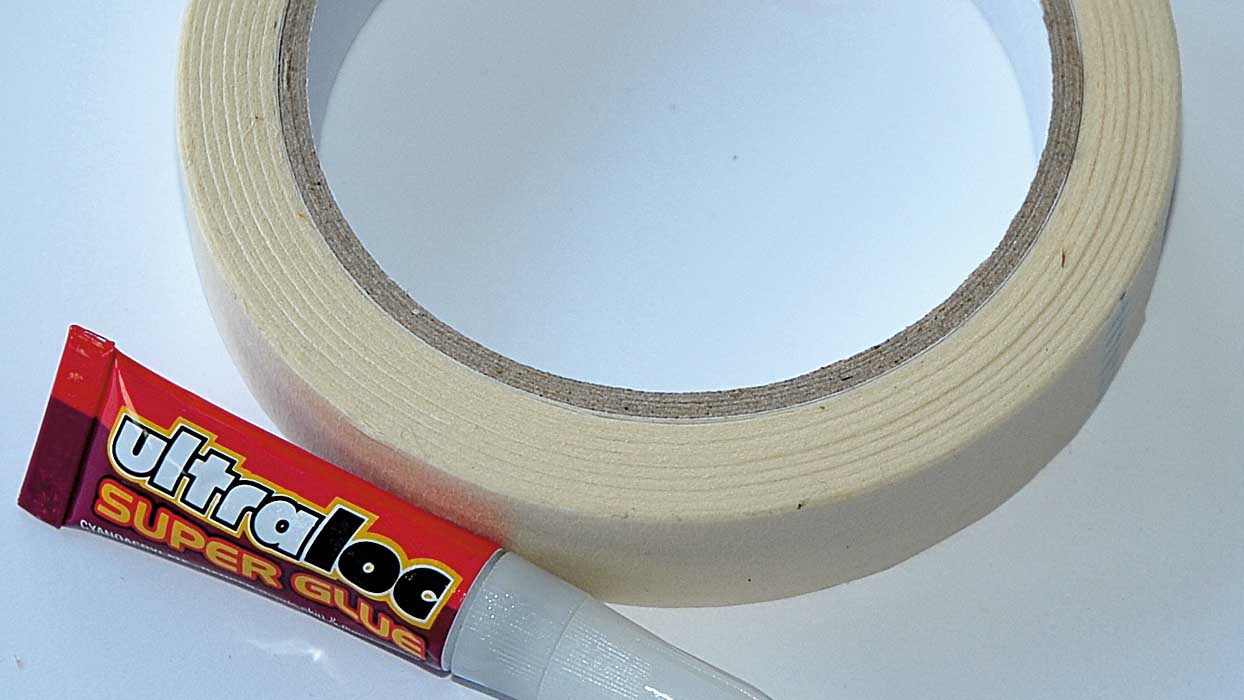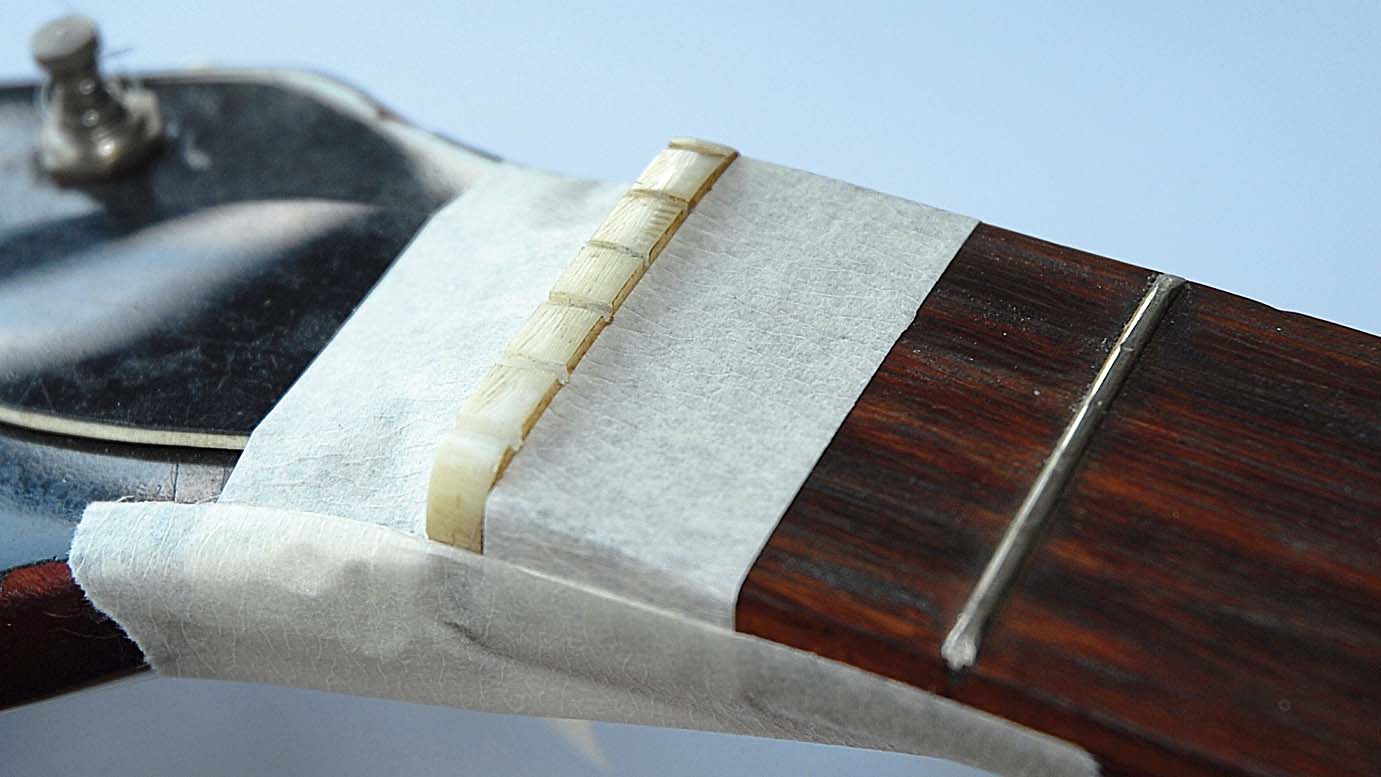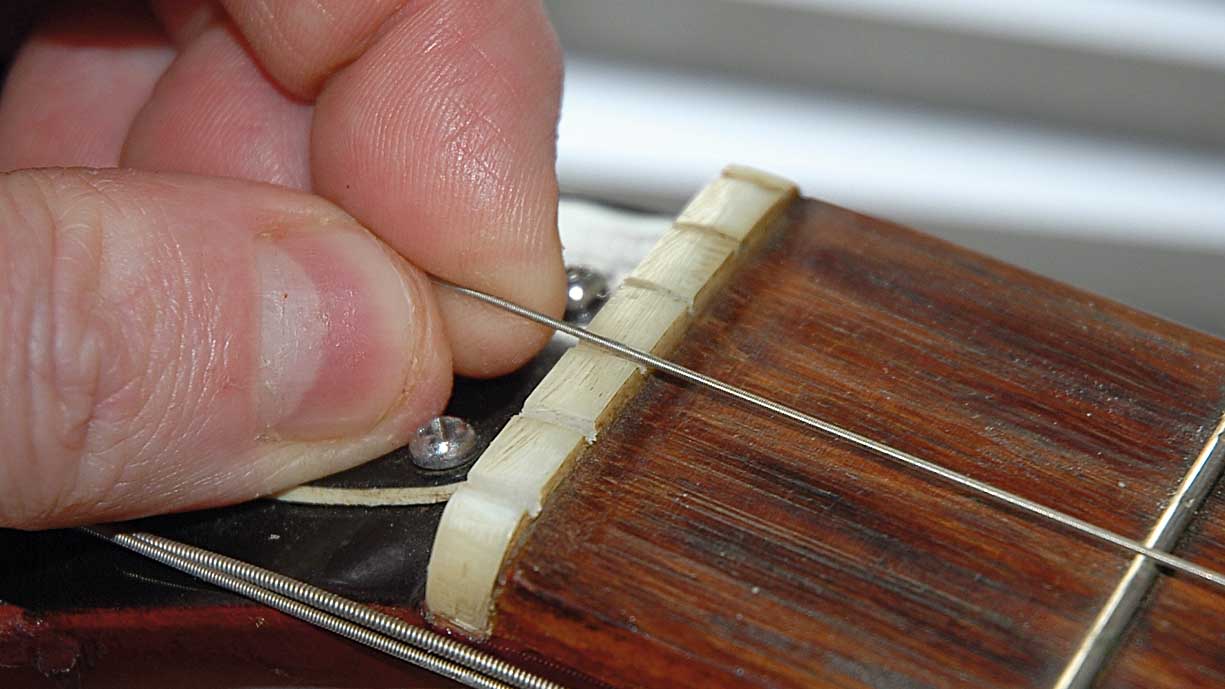Guitar setup: how to repair a faulty guitar nut
Fixing a broken nut, in a nutshell
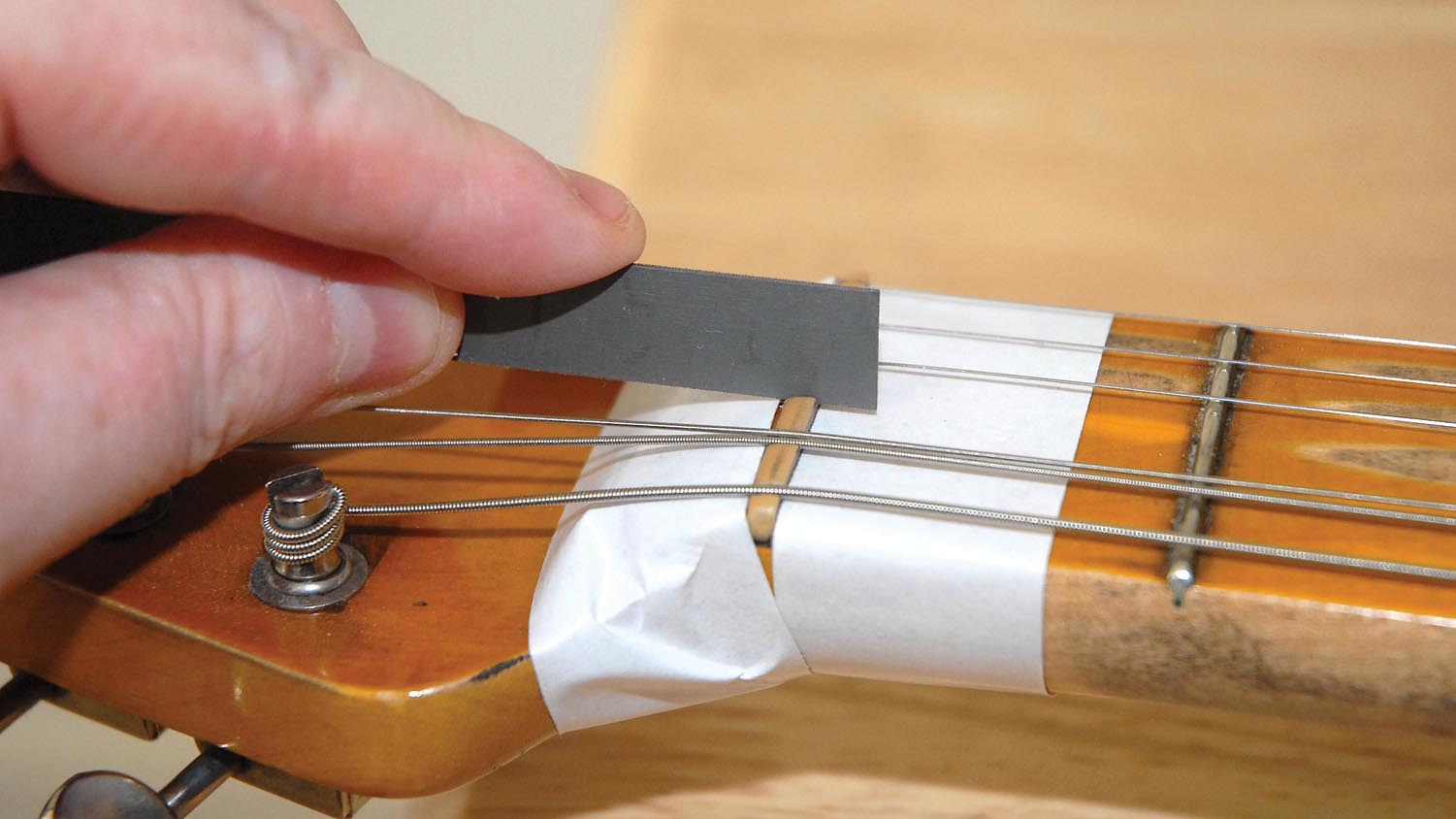
Introduction
We cannot overemphasise the importance of a guitar’s top nut. Most players assume that little strip of plastic, bone or brass is just there to keep the strings in the right place. There’s more to it than that.
A poorly cut and set-up top nut can cause bad intonation, string buzz and affect the playability of the first few frets of your guitar.
So, while there are other possible causes of string rattle, we’re going to concentrate on possible nut problems in our guide. Let’s get on the case.
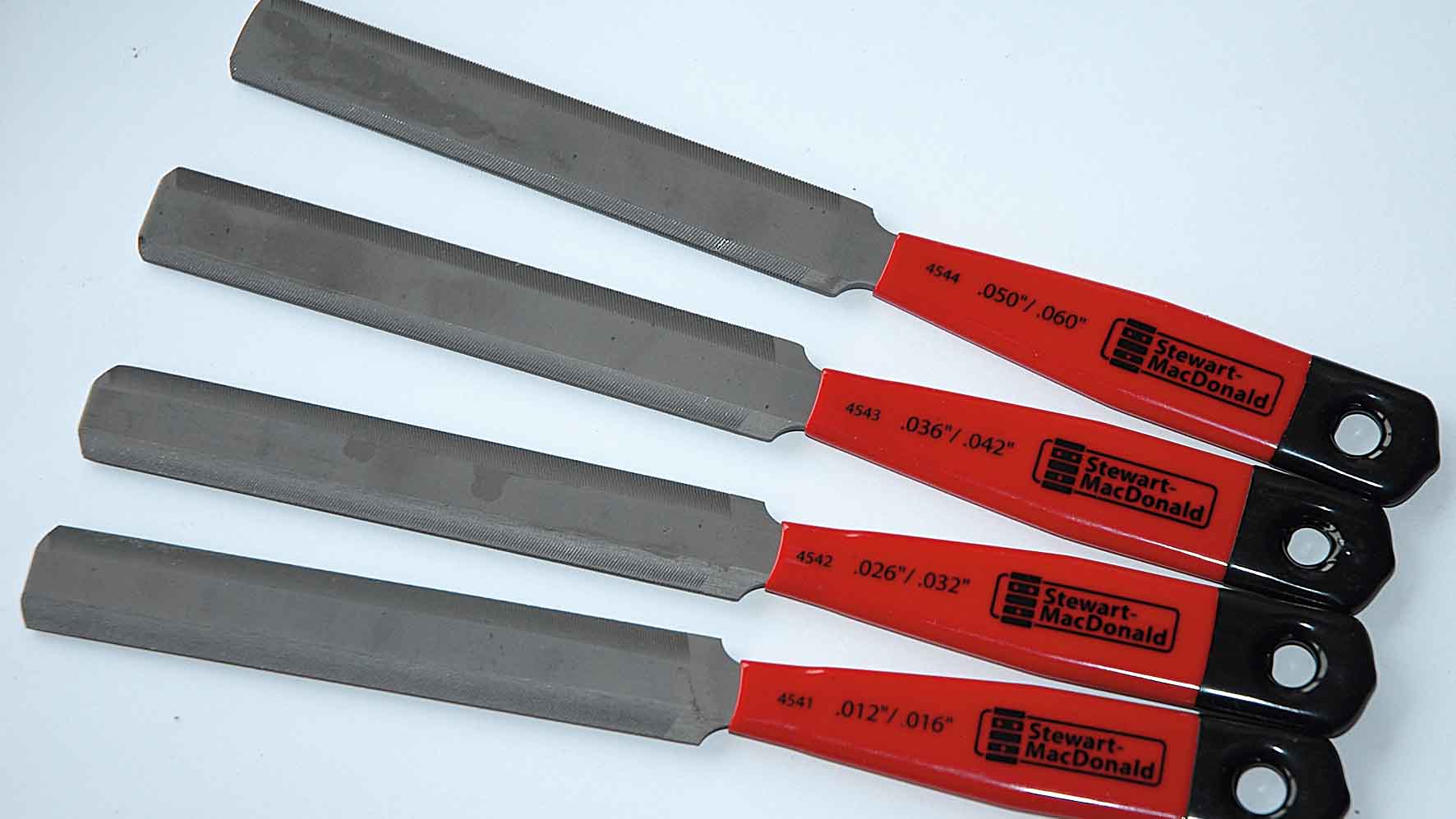
11. Nut files
You need nut files to cut the slots properly. At about £100 a set they’re not cheap, but they will give you a pro result. We got ours from Stewart-MacDonald.
